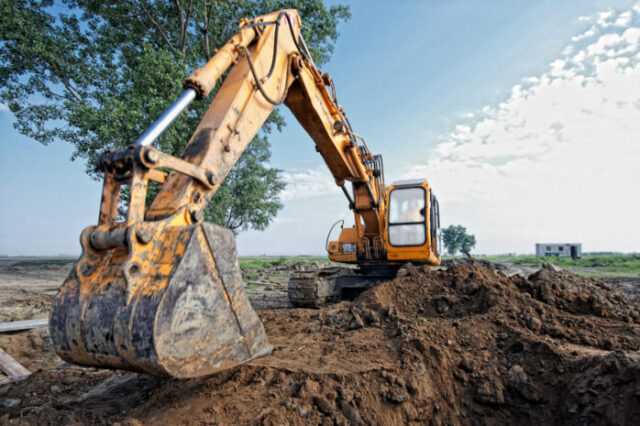
The initial step in transforming any landscape is often excavation, a process integral to molding the earth to meet our aesthetic and functional needs. This crucial phase lays the groundwork for a successful landscape project, ensuring that the subsequent steps, from planting to construction, have a solid and well-prepared foundation. In essence, excavation is not merely about removing soil or leveling ground; it’s about setting the stage for your landscape’s future, ensuring that every element, from the smallest flower to the most extensive patio, has the right conditions to thrive.
Assessing Your Landscape
Before any soil is turned or any trench is dug, a thorough assessment of the landscape is paramount. This initial evaluation goes beyond mere observation; it involves understanding the unique characteristics of your site. Factors such as soil type play a significant role in determining the feasibility of your project and the methods of excavation. Similarly, drainage patterns can affect both the immediate and long-term success of the landscape, requiring careful consideration to prevent future issues like waterlogging or erosion. Existing structures, whether natural or man-made, also need to be accounted for, as they can influence the excavation process and the overall landscape design.
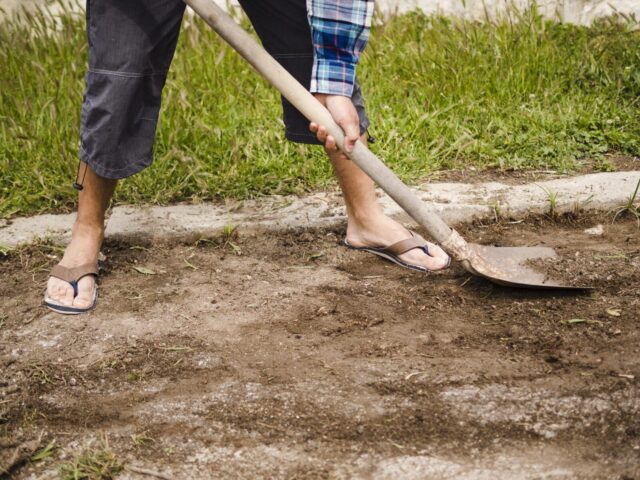
Planning Your Excavation
Embarking on the excavation phase without a well-thought-out plan is akin to navigating unknown terrain without a map. A comprehensive plan not only outlines the scope and methodology of the excavation but also ensures compliance with local regulations and zoning laws. Securing the necessary permits and approvals before breaking ground is not just a legal formality; it’s a crucial step in acknowledging and respecting the ecological and community impact of your project. This stage of planning sets a clear path forward, mitigating potential legal and environmental issues and paving the way for a smooth excavation process. You also shouldn’t forget to talk with professional excavation contractors.
Safety Precautions
The importance of safety in excavation activities cannot be overstated. The very nature of moving earth and operating heavy machinery comes with inherent risks, making safety precautions a non-negotiable aspect of any excavation project. This involves investing in the right safety equipment, ensuring that all personnel are adequately trained, and adhering to established safety guidelines and best practices. A commitment to safety is not just about compliance or avoiding accidents; it’s about fostering a culture of responsibility and care, ensuring that every individual on the site is protected and every process is conducted with the utmost respect for human life and well-being.
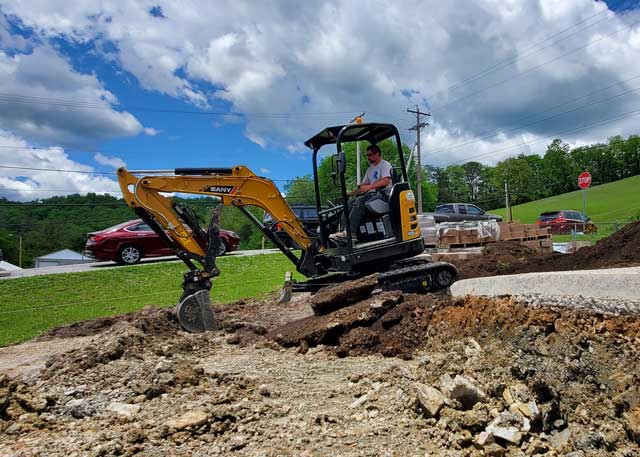
Choosing the Right Equipment
The success of an excavation project is often directly linked to the equipment used. The market offers a plethora of excavation machinery, each designed for specific tasks and terrain types. Selecting the appropriate equipment is not just about power or size; it’s about understanding the nuances of your project and the capabilities of different machines. Whether it’s a compact excavator for a small garden or a large bulldozer for extensive land clearing, the right choice of machinery can enhance efficiency, reduce time and labor costs, and contribute to the precision and quality of the excavation work.
Soil Removal and Disposal
The final phase of the excavation process is the removal and disposal of soil. This stage is not merely a logistical task; it’s an opportunity to engage in sustainable practices. Strategies for soil removal should consider not just the immediate disposal needs but also the broader environmental impact. This involves exploring eco-friendly options for repurposing or recycling soil and adhering to regulations that govern soil disposal. Proper handling and disposal of soil not only comply with legal standards but also reflect a commitment to environmental stewardship, ensuring that the excavation process contributes positively to the ecological balance.
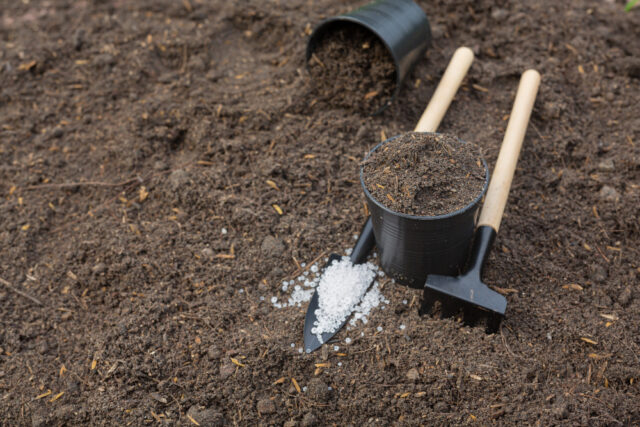
Excavation Depth and Shape
Determining the required excavation depth and shape is crucial in any landscaping project. The depth and shape are largely dictated by the design and intended use of the landscape. For instance, a deeper excavation may be necessary for the foundation of a structure, while a more shallow and broad area might be appropriate for a garden or patio. The landscape’s purpose—be it for aesthetics, functionality, or both—guides the excavation process. Understanding the vision for the landscape allows for the creation of a space that not only meets practical requirements but also resonates with the desired aesthetic appeal. It’s about creating a balance between the natural landform and the envisioned landscape design, ensuring stability and integrity while achieving the intended look and functionality.
Dealing with Utility Lines
The importance of locating and managing utility lines cannot be overstated in any excavation project. Striking a utility line can lead to dangerous situations, service disruptions, and costly repairs. Utility locators are essential tools in this process, helping to identify the precise location of these lines before digging begins. Beyond just locating the lines, proper precautions must be taken to ensure that the lines are not damaged during the excavation. This involves careful planning and delicate handling of the excavation machinery and tools, always keeping in mind the safety of the workers and the community at large. Understanding the layout of utility lines paves the way for a smoother, safer excavation process.

Managing Drainage
Proper drainage is a cornerstone of any successful landscaping project. It ensures that water flows away from structures, preventing waterlogging, soil erosion, and damage to the landscape. Effective drainage systems are designed by considering the topography of the land and the soil type. Techniques such as installing French drains, creating swales, or incorporating permeable materials can be employed to manage water flow efficiently. The goal is to harmonize the natural water flow with the landscaped area, ensuring longevity and resilience against the elements. A well-planned drainage system not only protects the landscape but also contributes to the sustainability of the surrounding environment.
Foundation and Infrastructure
Excavation is intricately tied to building foundations and infrastructure. It’s the first step in ensuring that the foundation of any structure is solid and reliable. Precision in this phase is paramount; a small error can lead to significant issues down the line, like structural weaknesses or misalignments. Excavation sets the stage for the entire construction process, laying the groundwork for a structure that stands the test of time. It involves understanding the soil characteristics, anticipating load-bearing needs, and preparing the site to support the envisioned structure. In essence, a meticulously executed excavation is the bedrock of any durable and stable infrastructure.
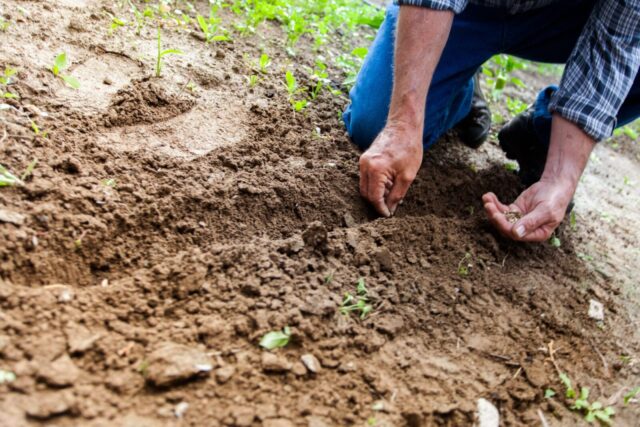
Soil Preparation and Grading
Soil preparation and grading are vital in shaping the landscape and ensuring its success. This process involves modifying the soil’s composition and contouring the land to meet specific design requirements. It’s about creating a fertile base for plant life, ensuring proper drainage, and achieving the desired aesthetic appeal. The grading must be done with precision to avoid issues like water pooling or uneven settlement. A well-prepared and graded landscape not only enhances the visual appeal but also promotes the health and growth of the plant life, ultimately setting the stage for a thriving and sustainable landscape.
Final Inspections and Cleanup
Final inspections and cleanup are the concluding steps of the excavation phase, marking the transition to the next phase of landscaping. Inspections ensure that the excavation meets the project’s specifications and safety standards. It’s an opportunity to review the work, ensuring that everything from the depth and shape of the excavation to the integrity of utility lines and drainage systems is in order. Following the inspection, a thorough cleanup prepares the site for the next steps. Removing debris, smoothing rough edges, and ensuring the site is safe and accessible sets the stage for a seamless continuation of the landscaping project. It’s about leaving a clean slate, ready for the next phase of transformation.









